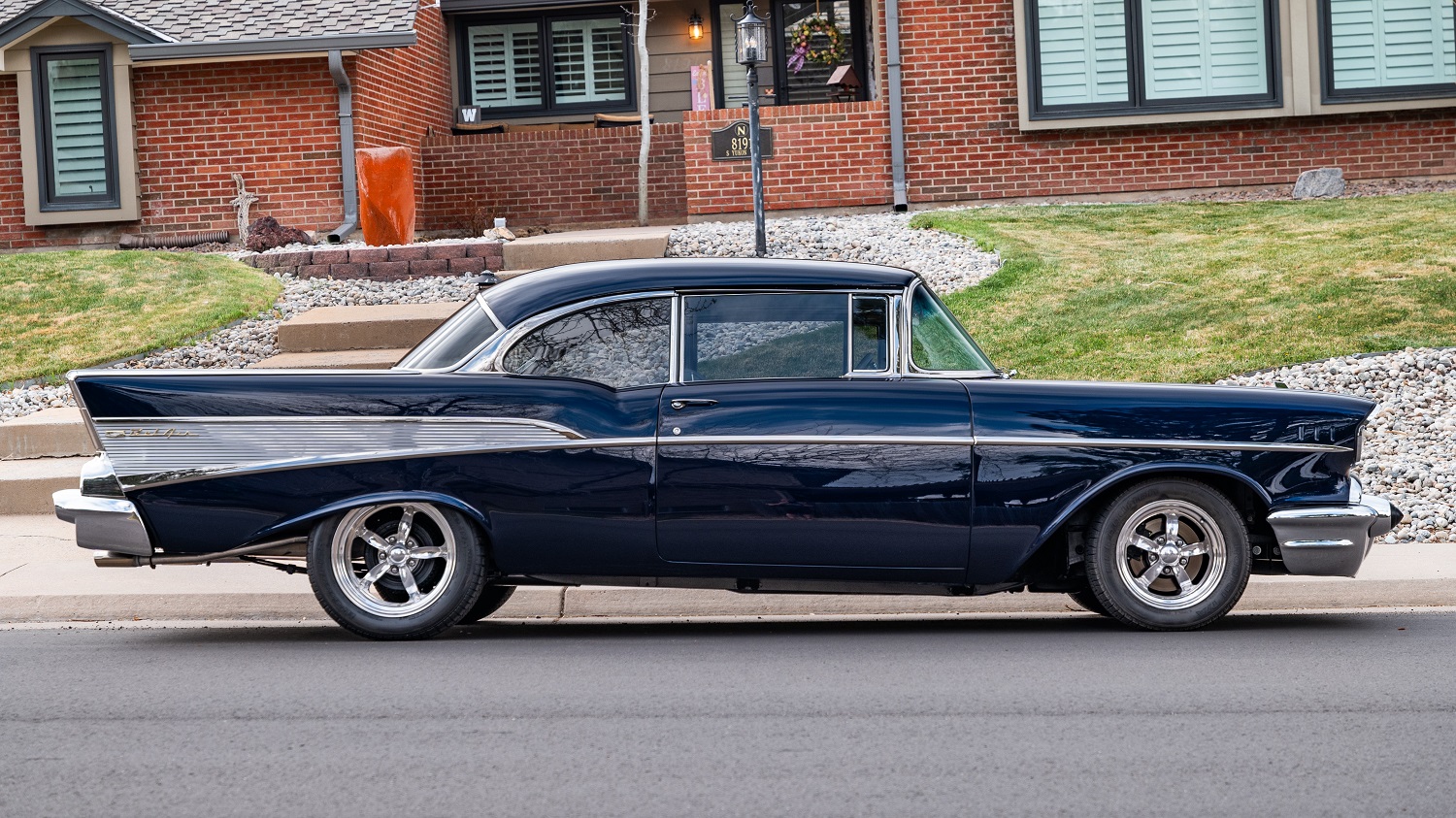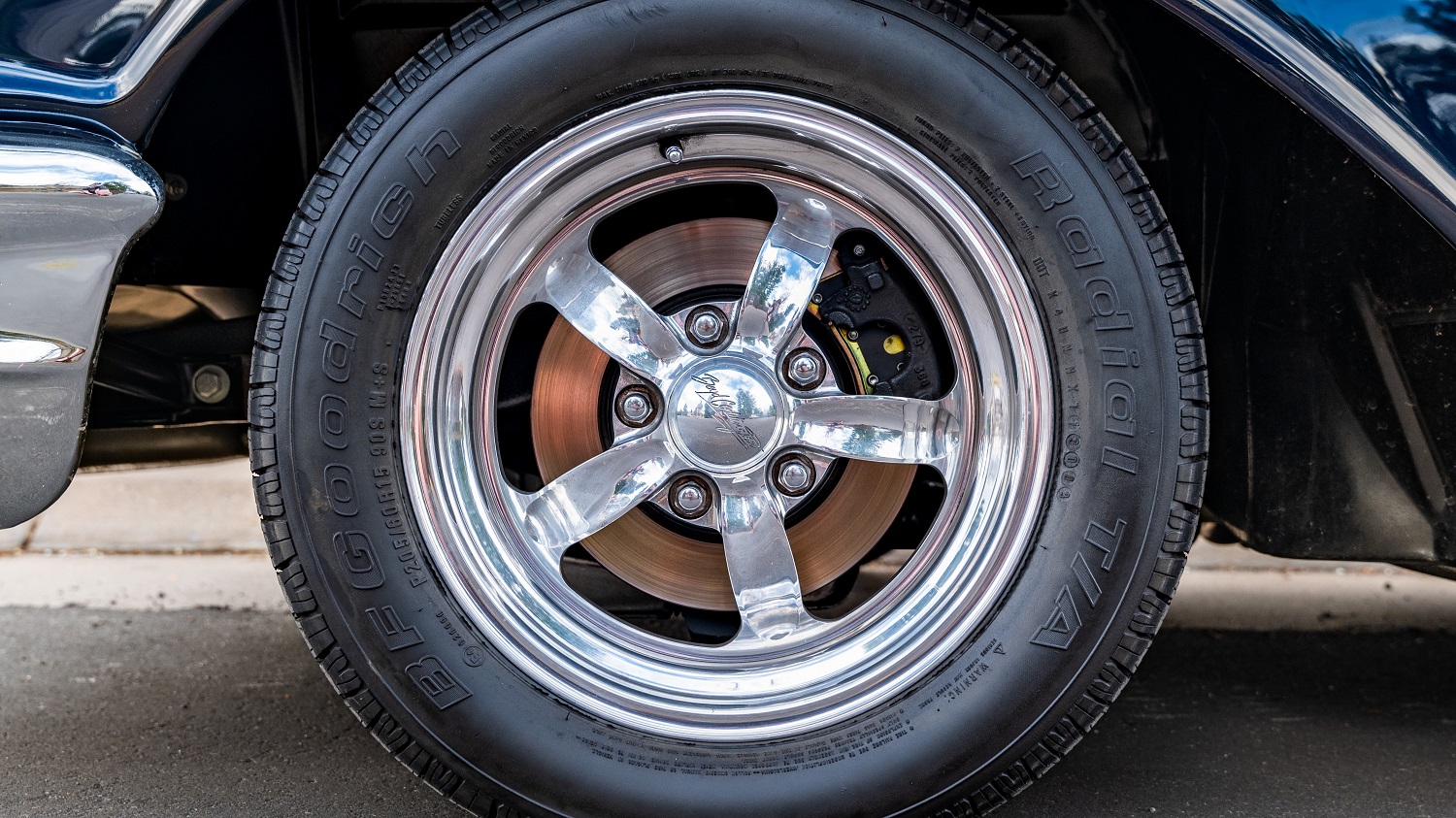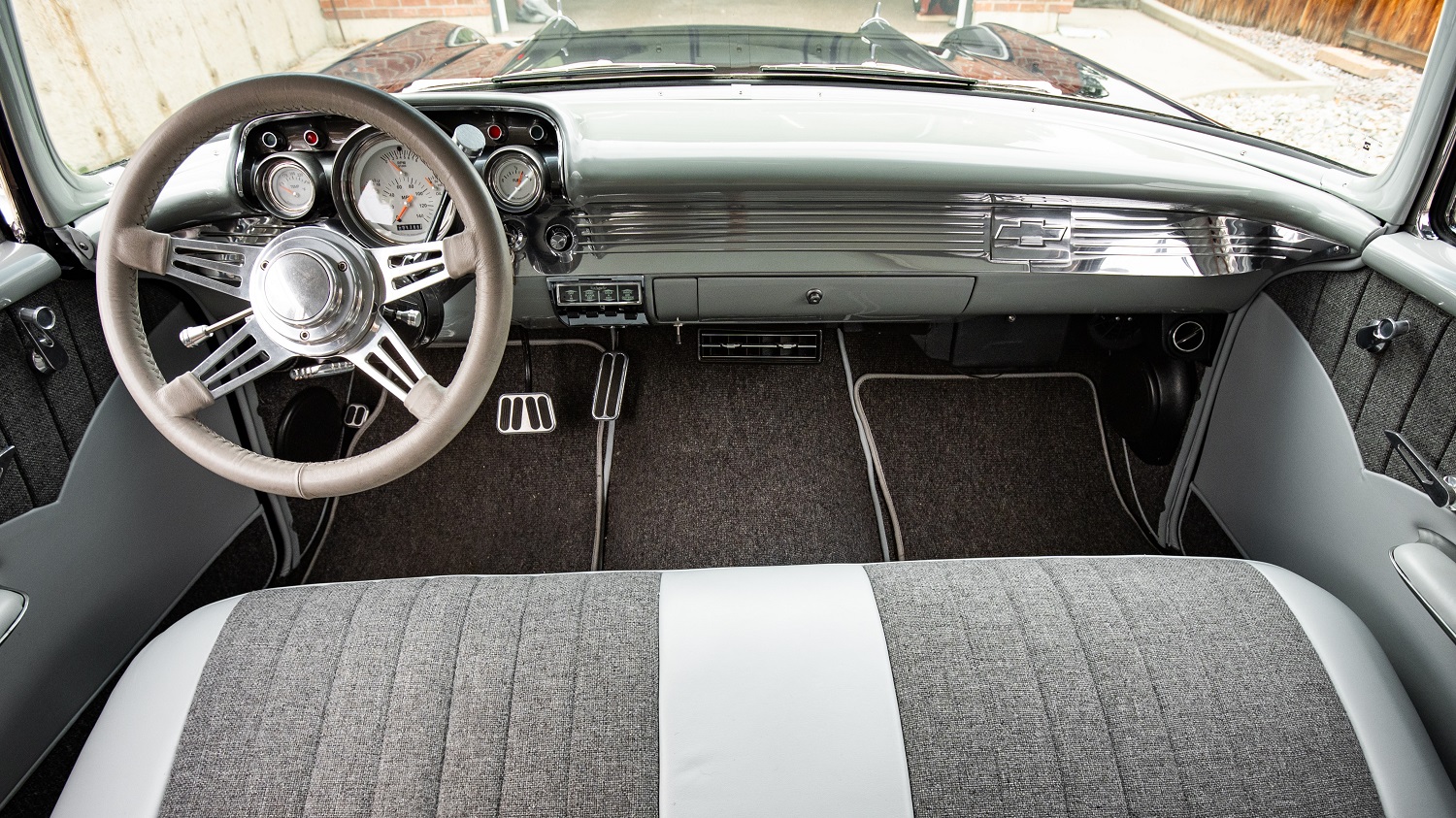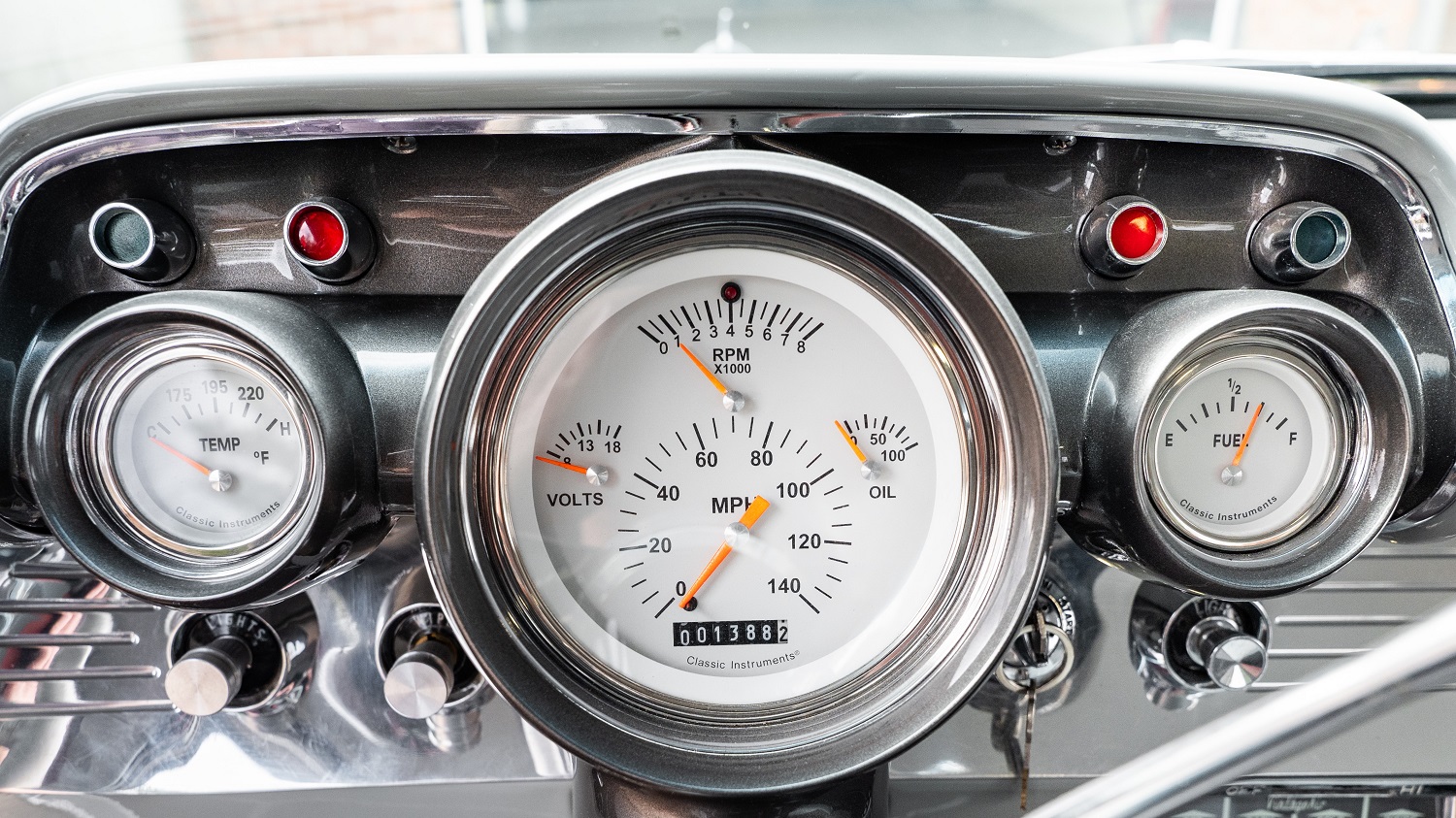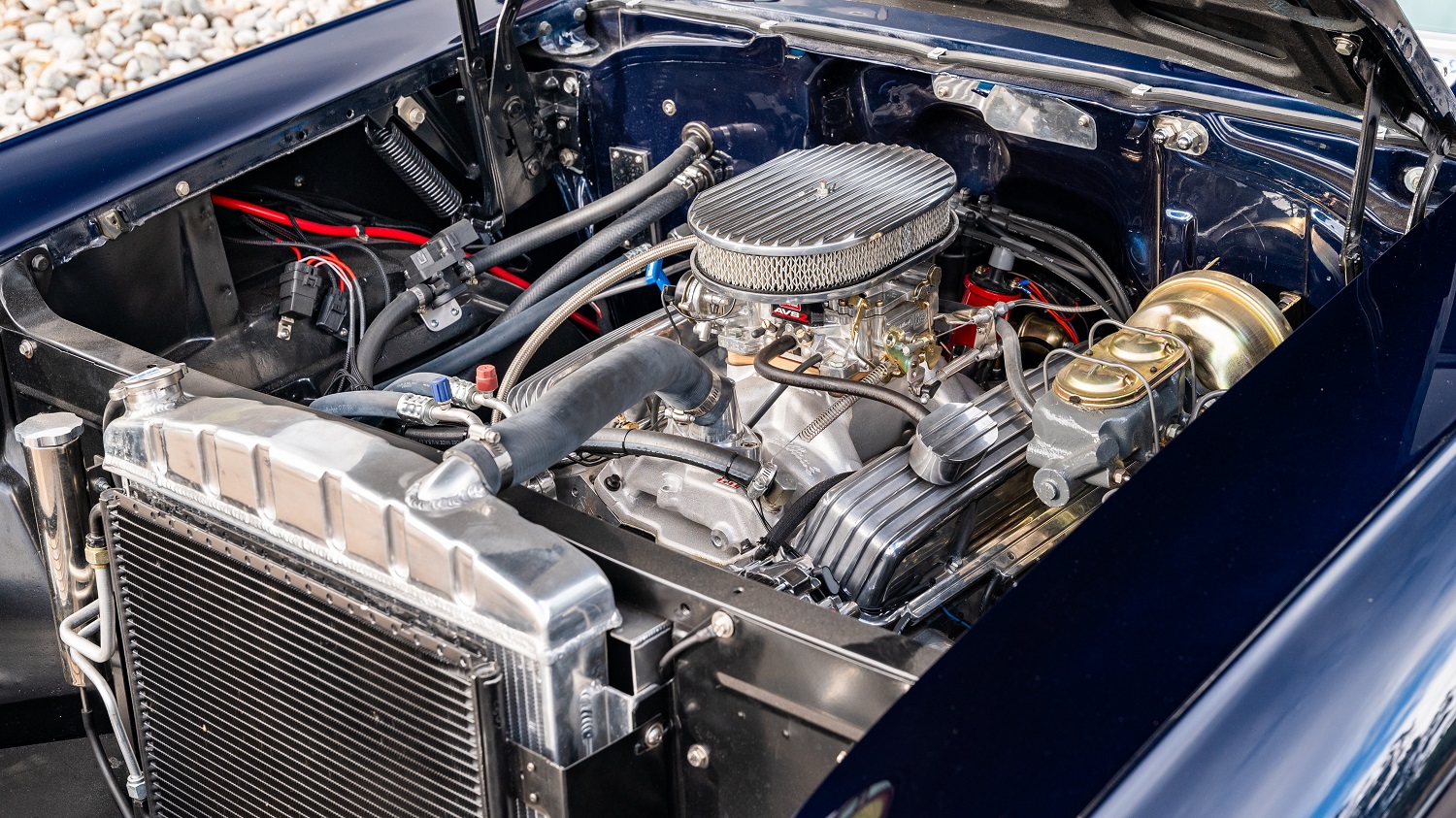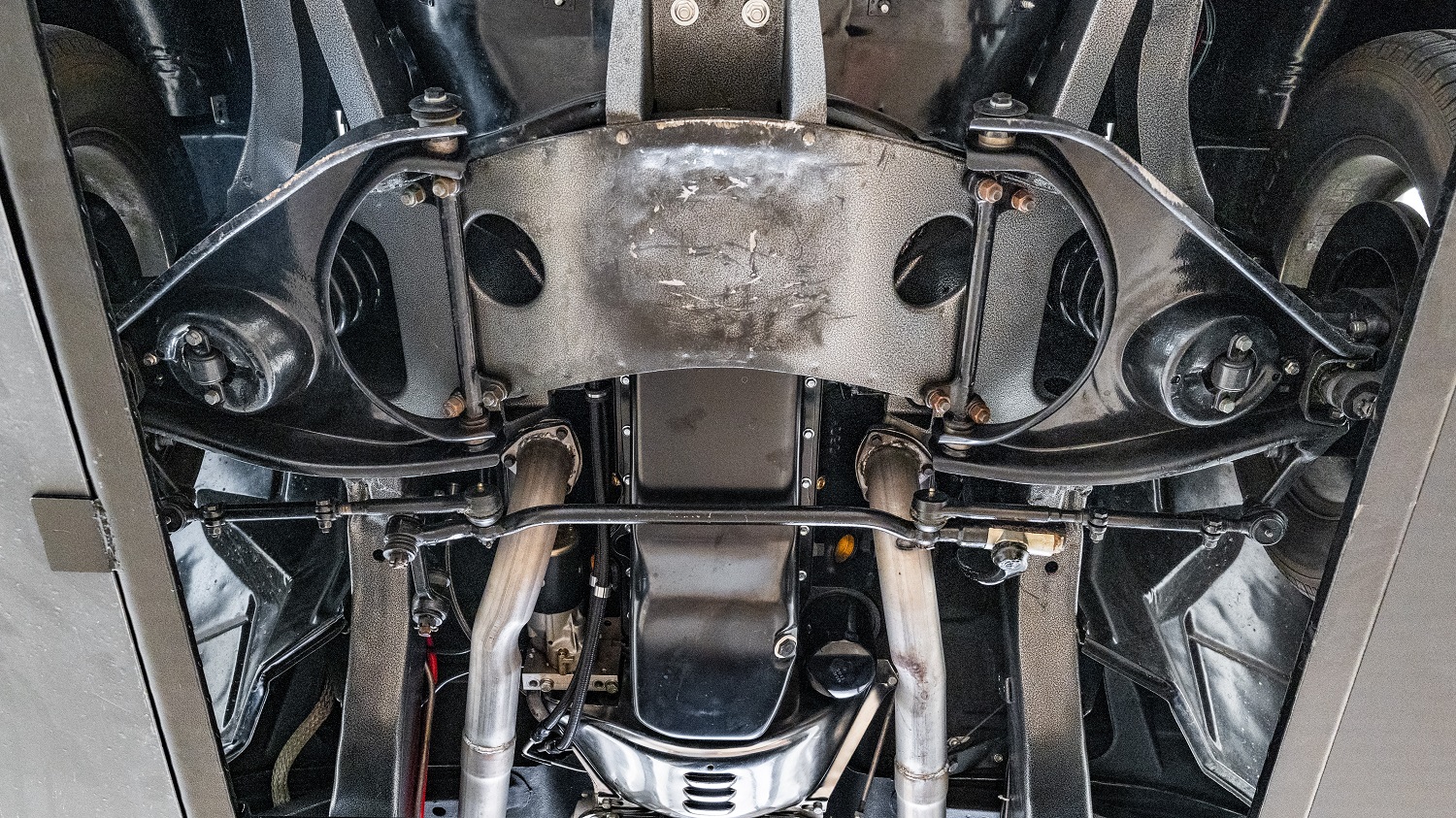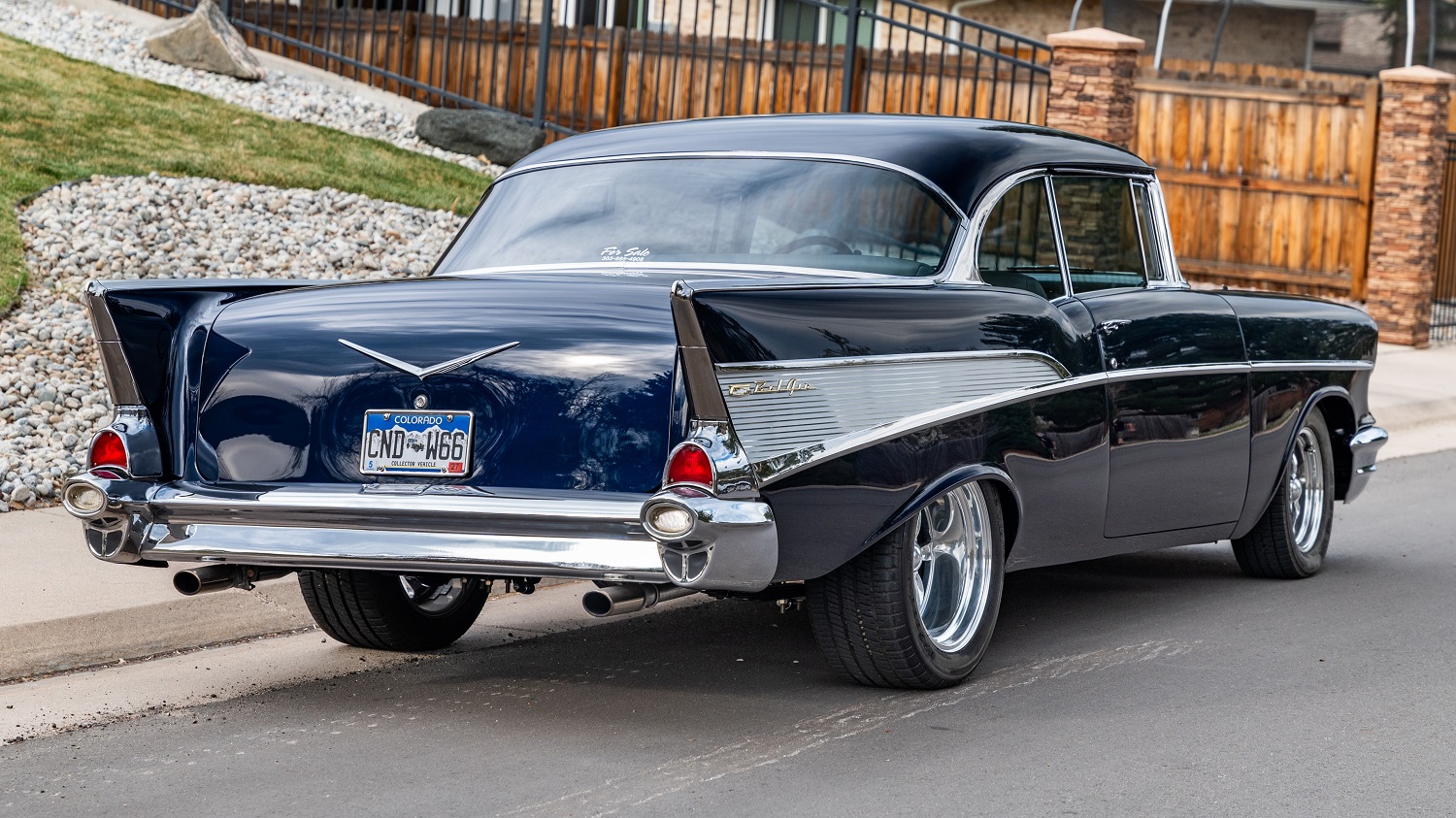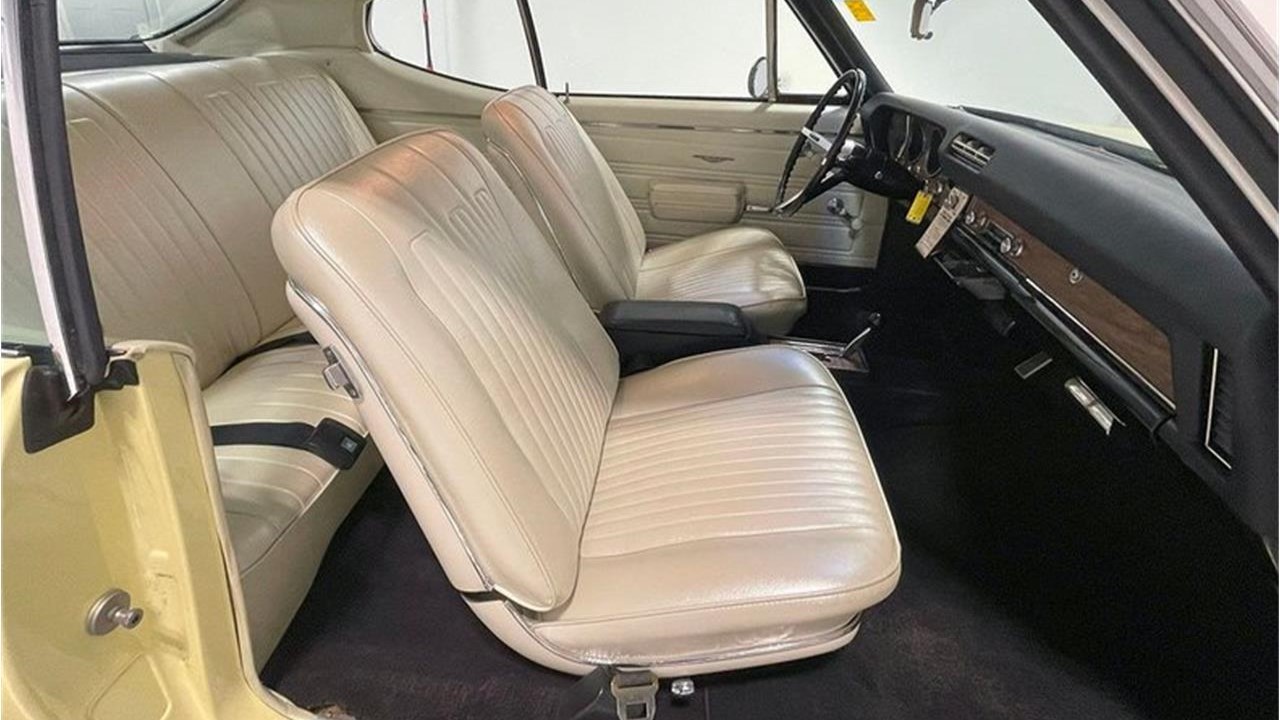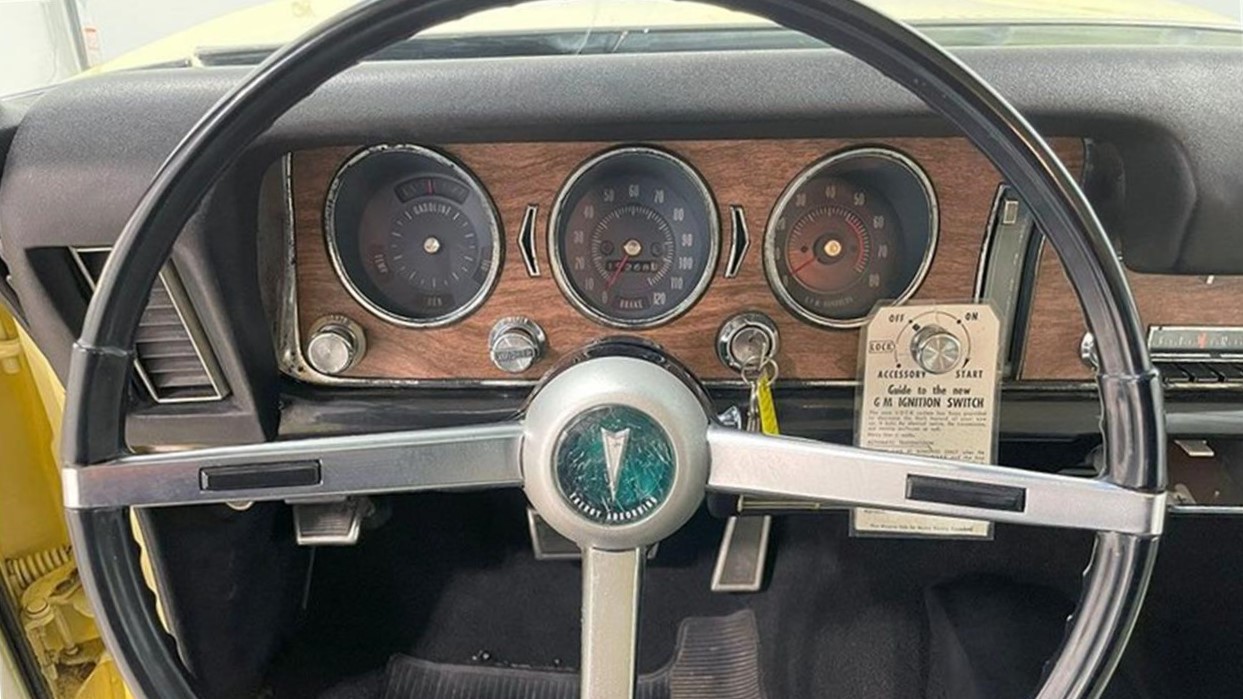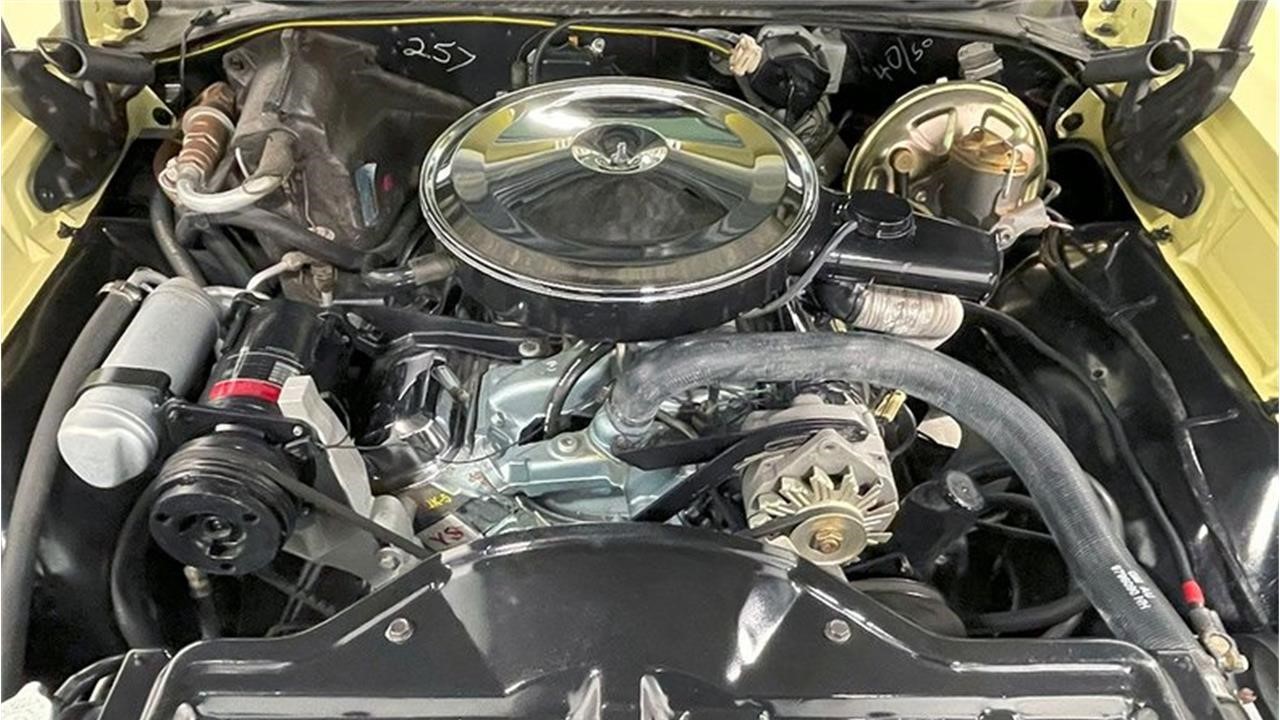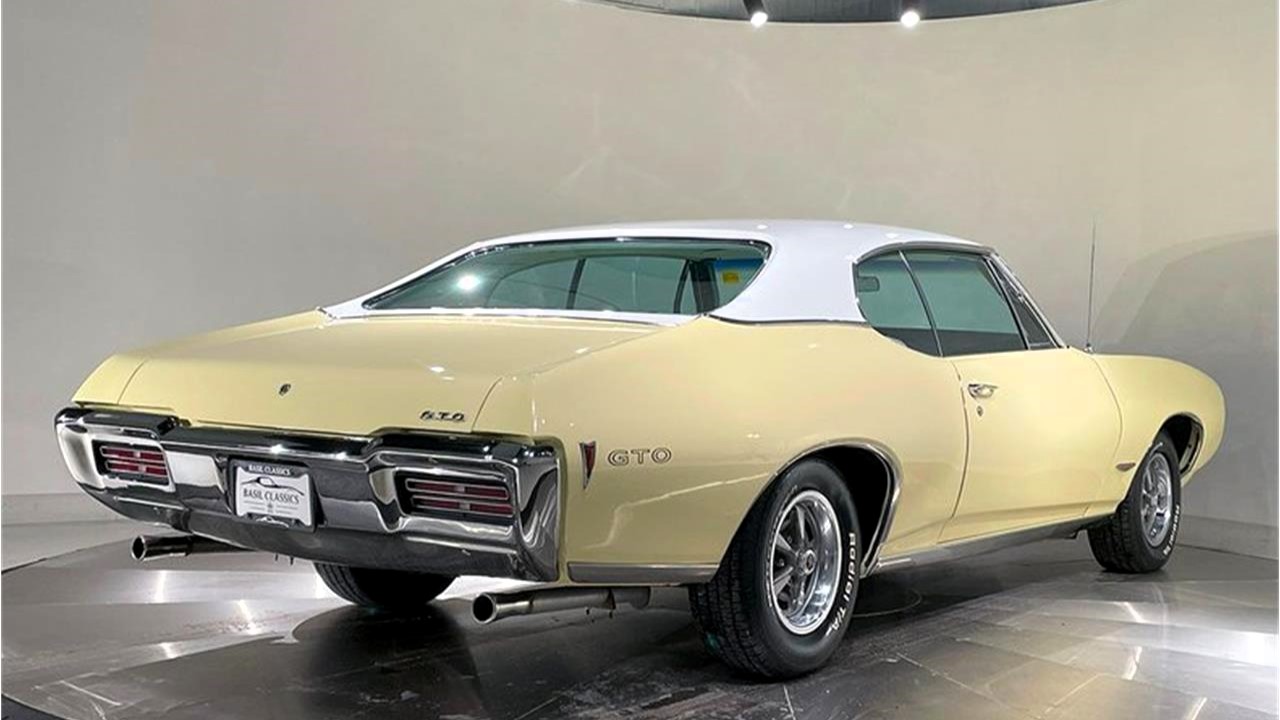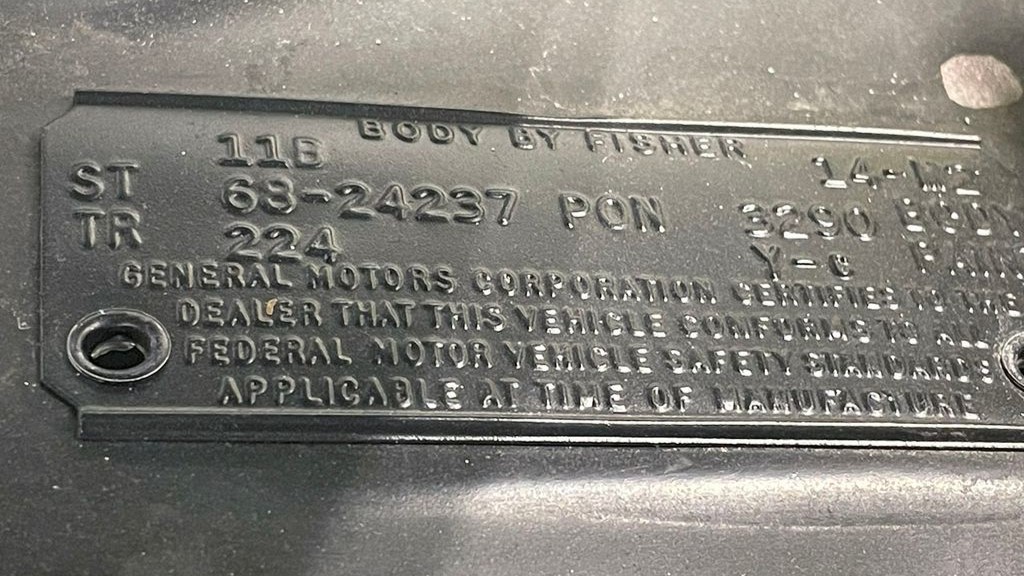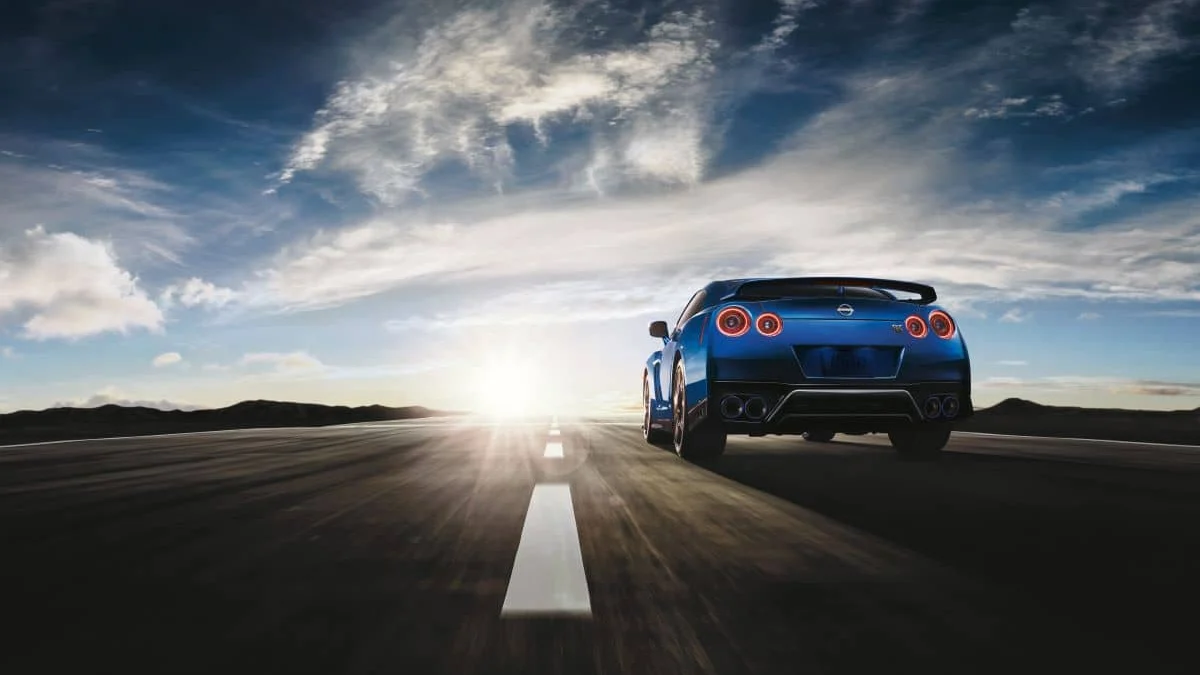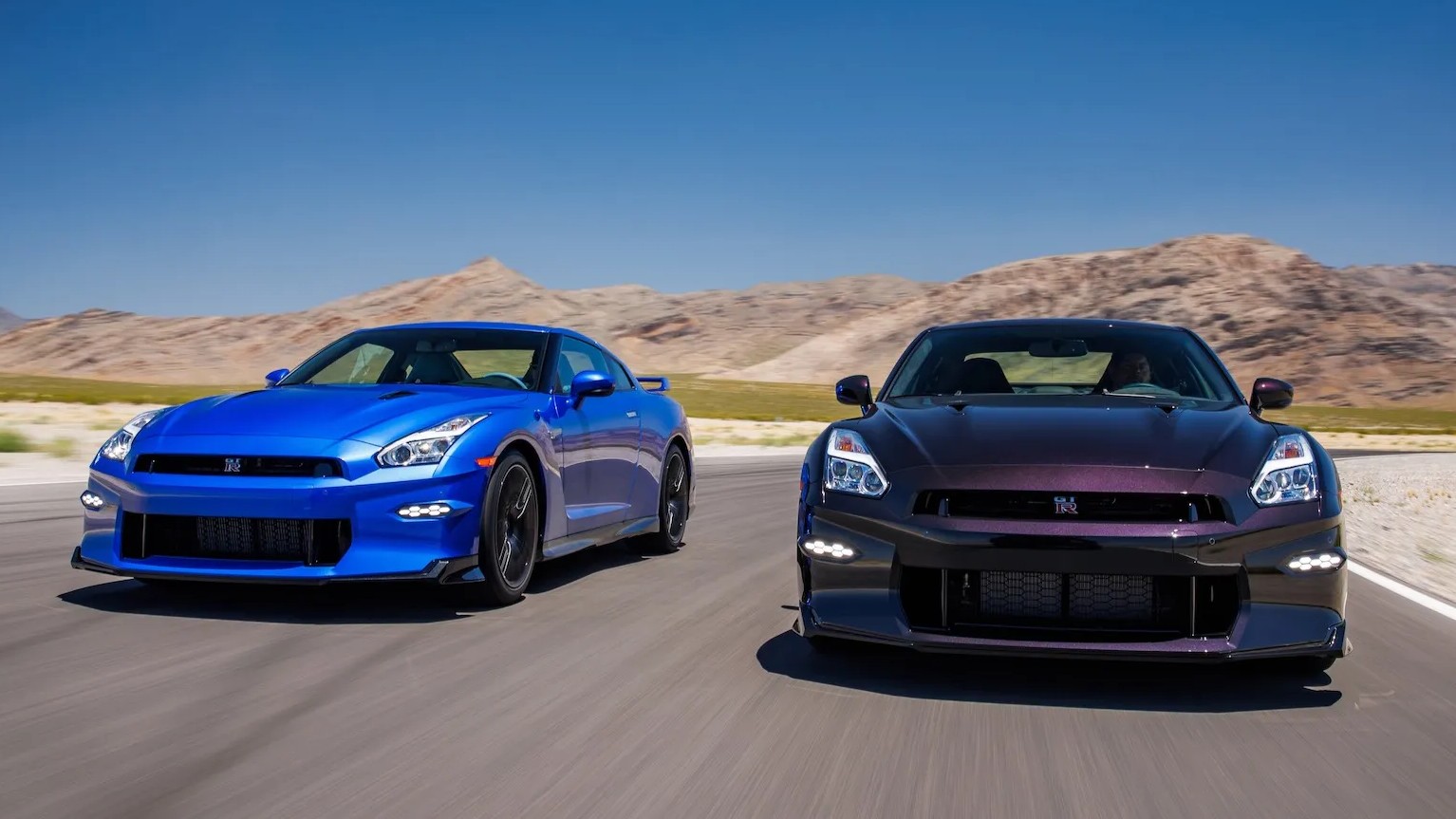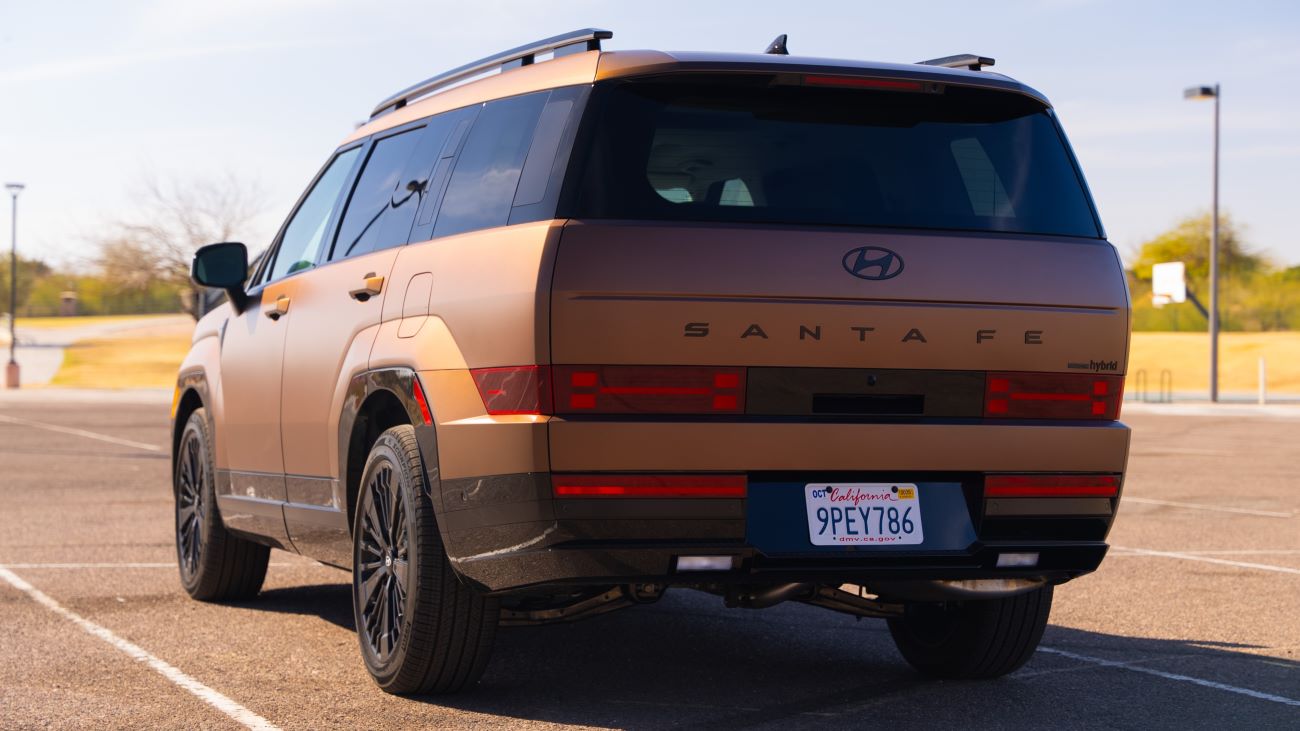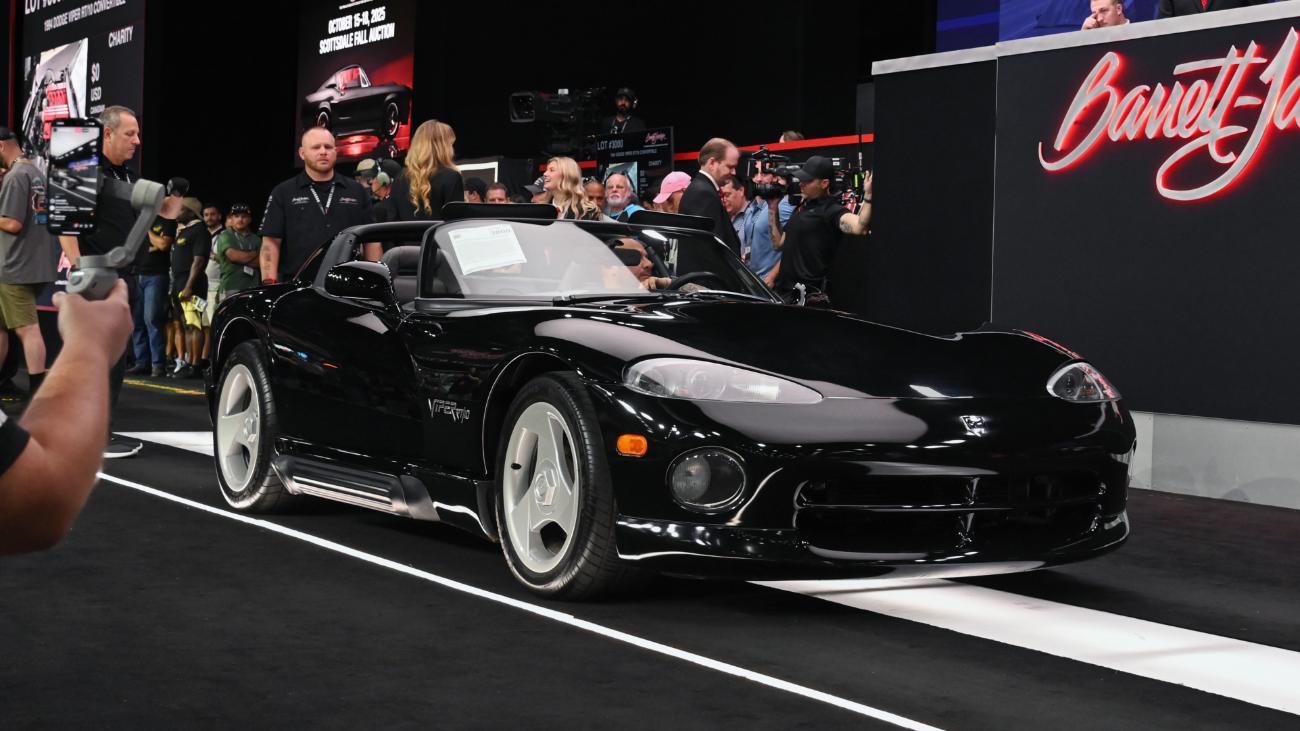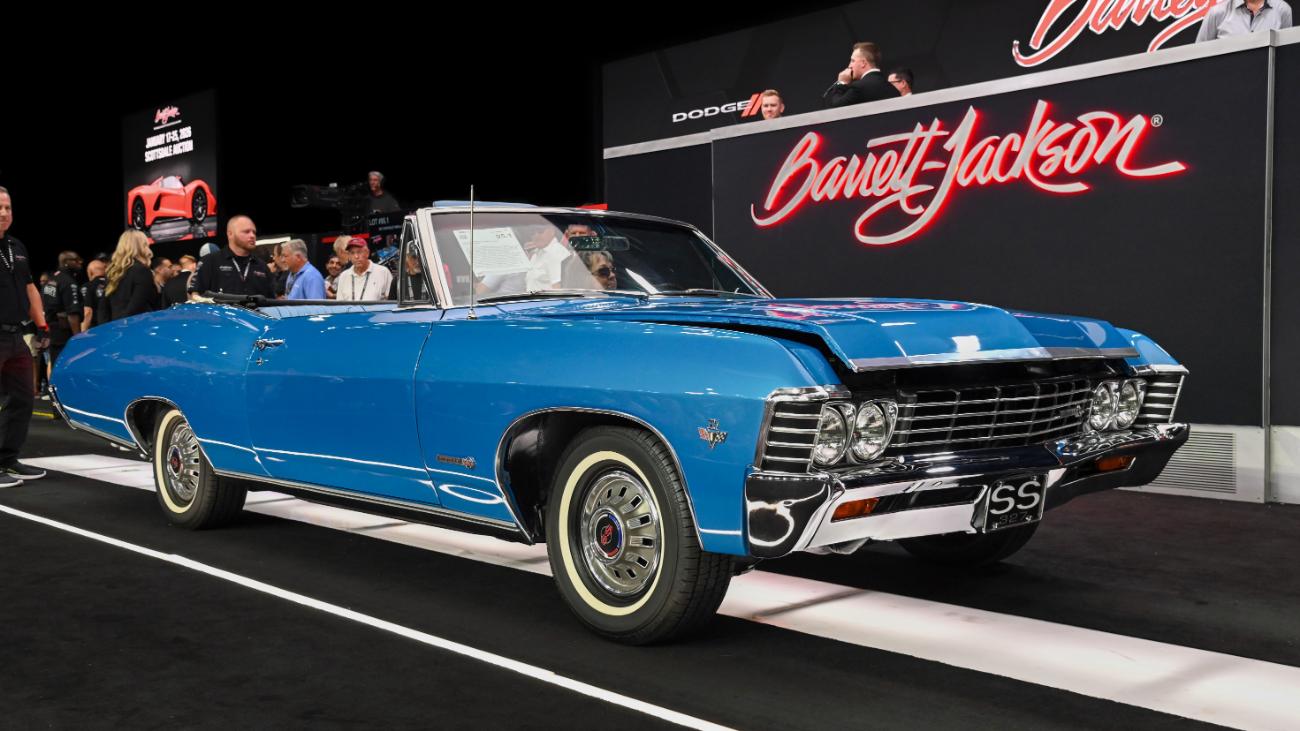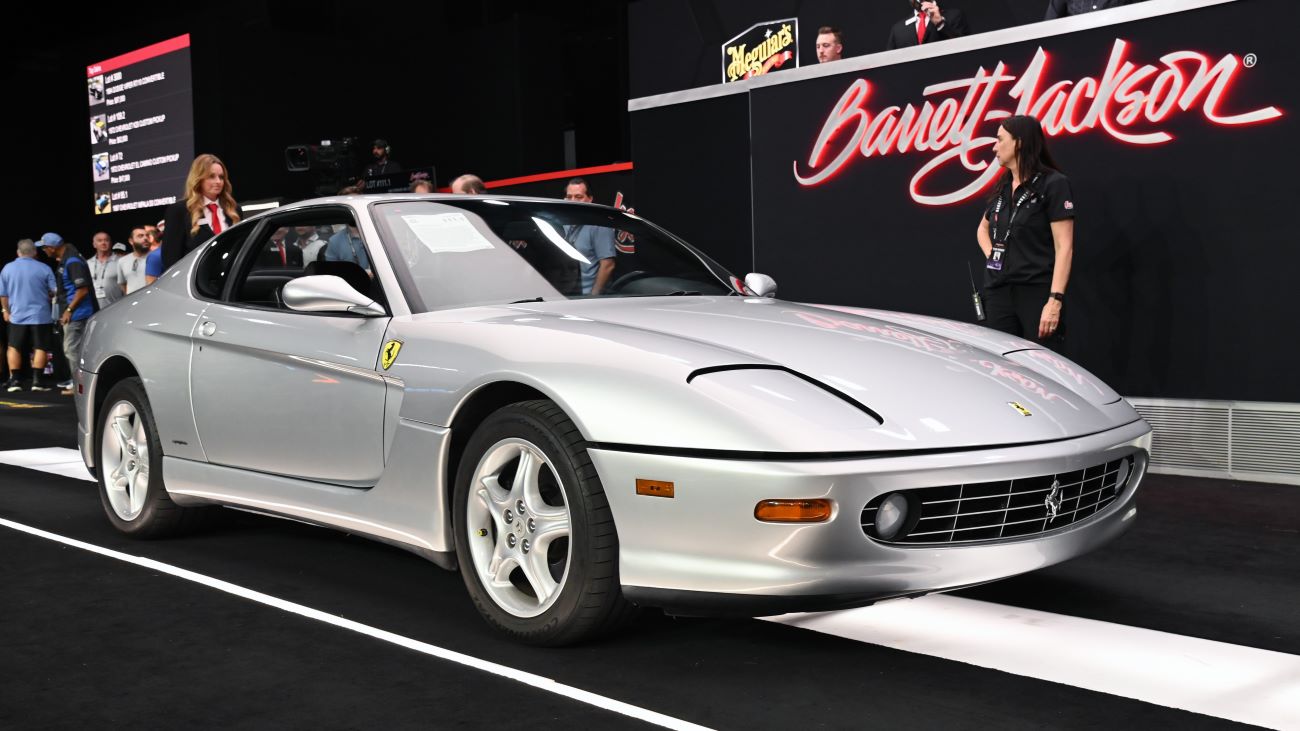Because of our proximity to the border, us Arizonans are accustomed to seeing the occasional Mexican license plate zooming around our freeways. One of the highlights of a recent trip to Mexico City for a friend’s birthday was the chance to see what the car selection was like south of the border. In particular, I was fascinated by the volume of vehicles with manual transmissions. Every Uber ride I took was in a manual-transmission vehicle.
Here were 10 vehicles that caught my eye, in alphabetical order by manufacturer.
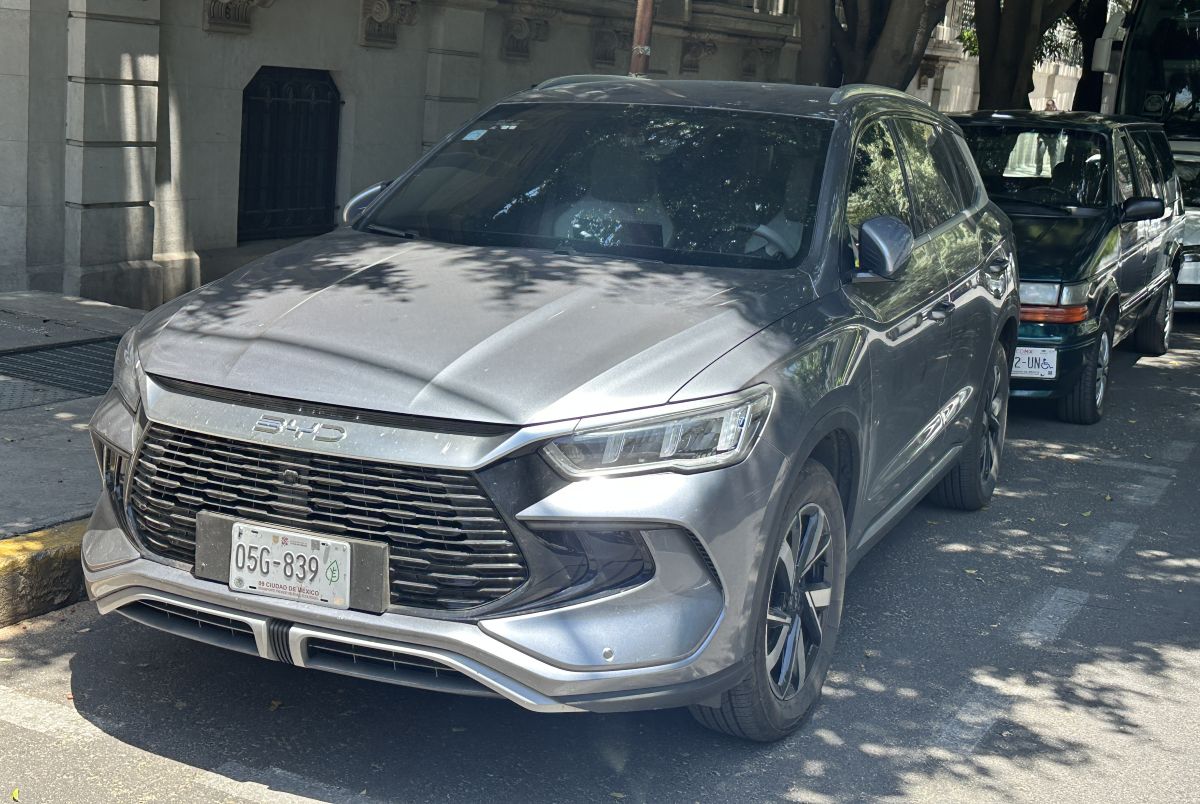
BYD Tang DM-i
I saw the “BYD” name a lot – and naturally, I wondered what it stood for. Turns out, it’s “Build Your Dreams.” The Chinese company was founded in 2003 and has been gaining a lot of momentum in Latin American markets. The Tang is a midsized crossover with a plug-in hybrid 1.5-liter inline-four engine and seating for seven passengers. It has been around since 2014 and is in its second generation.
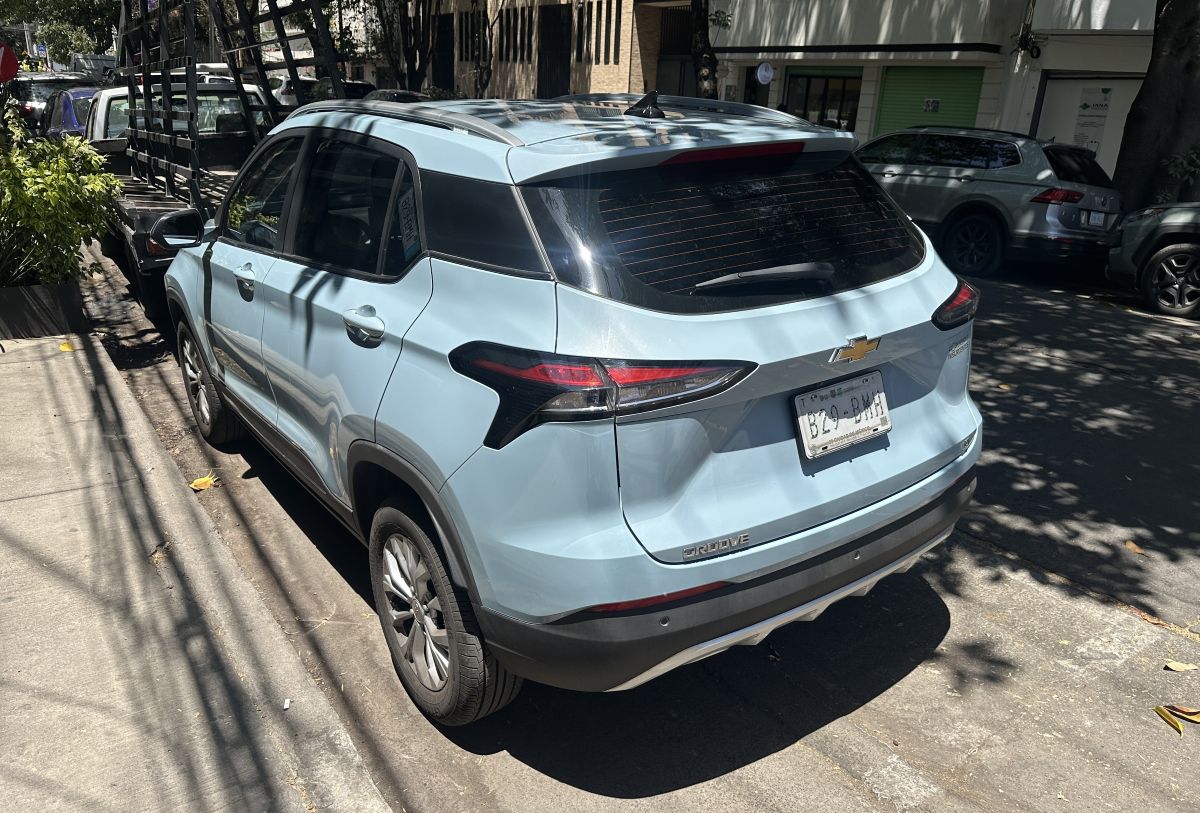
Chevrolet Groove
What a cool name, right? The Groove is a subcompact crossover SUV developed by SAIC-GM, targeting emerging markets. It is sold in some parts of the world as the Baojun 510 and comes with a 1.5-liter L2B inline-four.
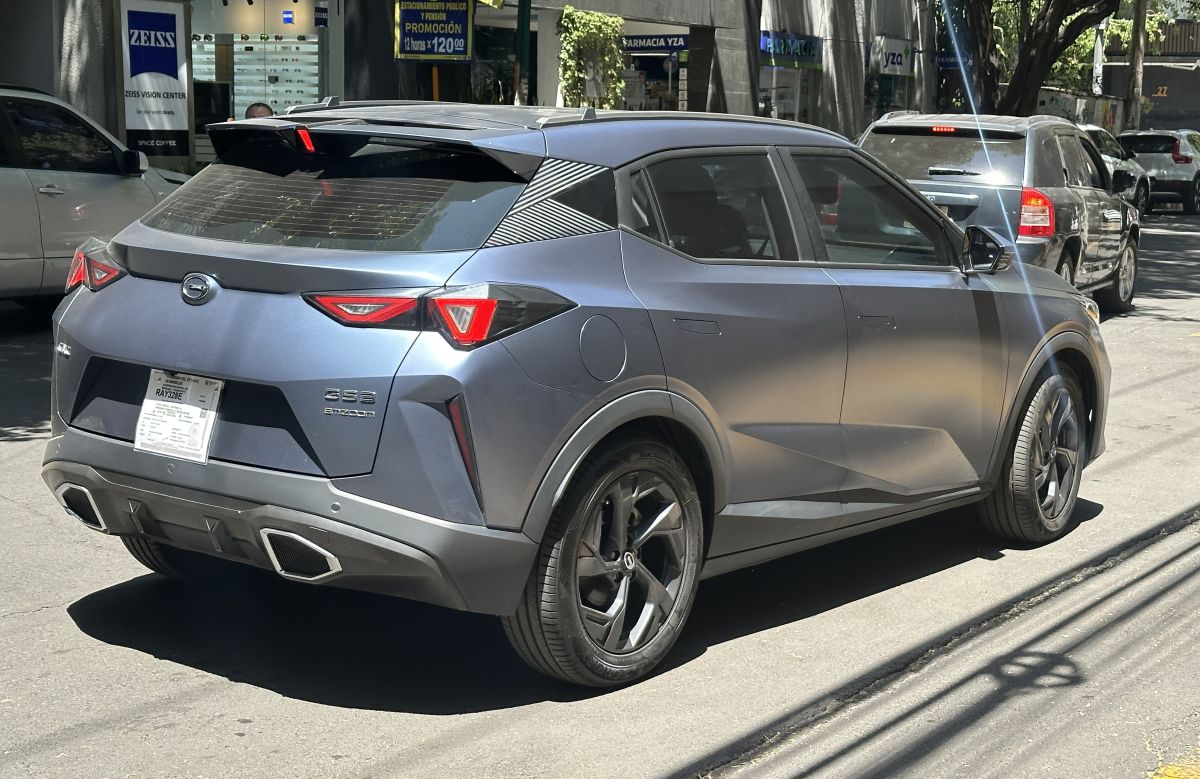
GAC GS3 Emzoom
This is another one from China, produced by the GAC Group, which is headquartered in Guangzhou. The GS3 had pricing in the Chinese market starting at 73,800 yuan, which comes out to about $10,120. It could be optioned with a few different four-cylinder powertrains, and – you guessed it – could come with a manual transmission, too.
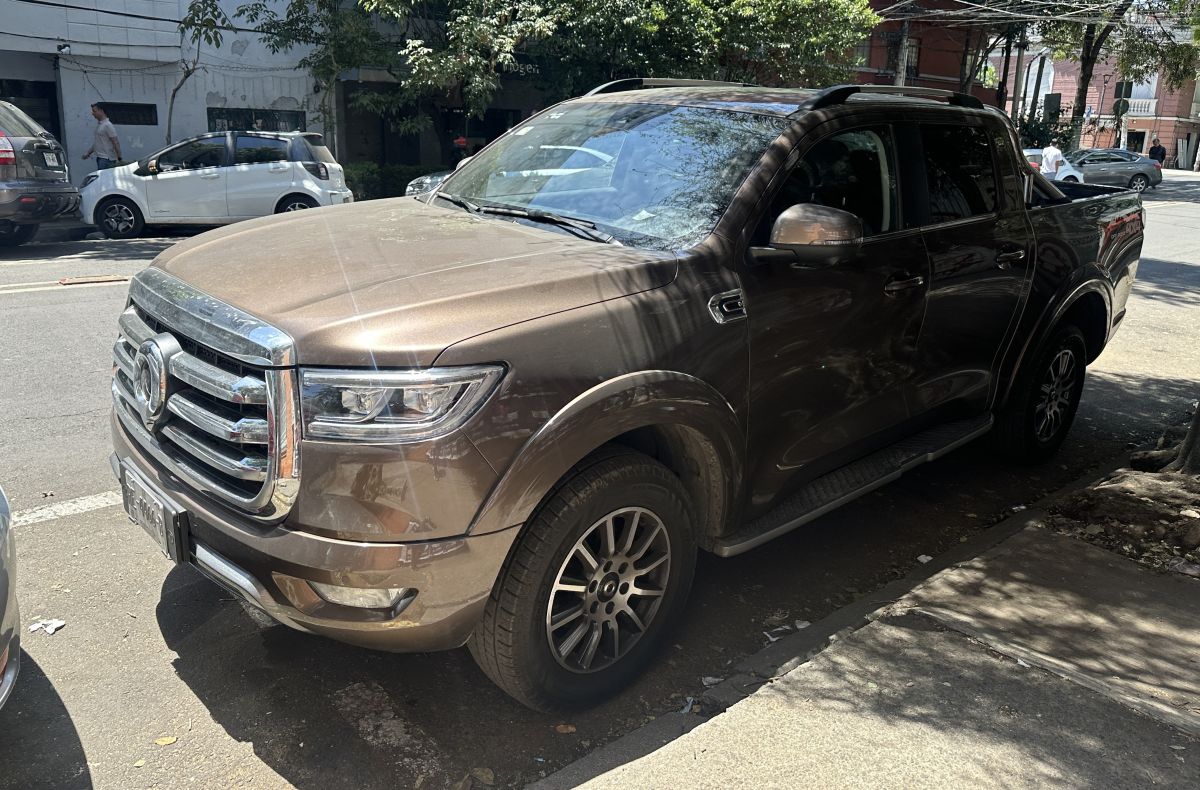
Great Wall Pao (GWM) Poer Pickup
The GWM Poer (also called Pao in some markets) is a mid-size pickup from Great Wall Motors – yet another Chinese company. The truck has been around since debuting in 2019 at the Shanghai Auto Show.
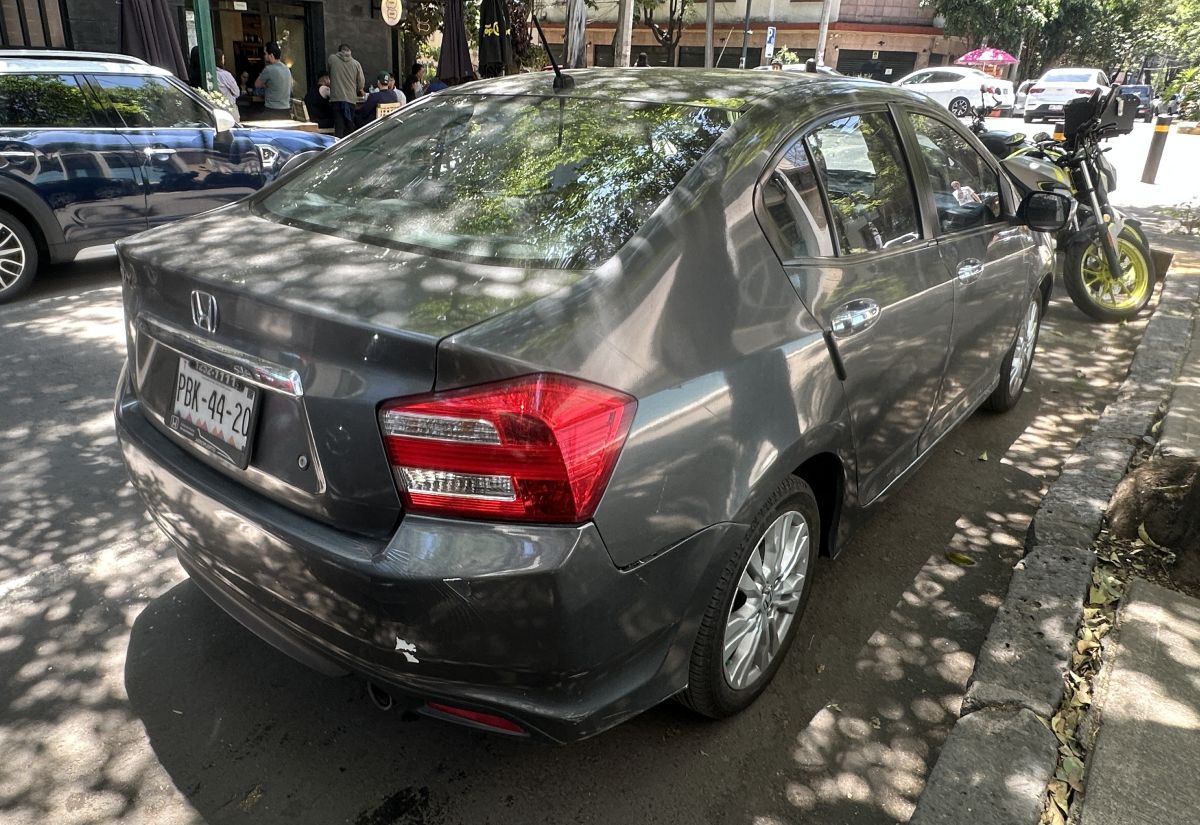
Honda City
Finally, a brand name I recognized, but a model I did not. Turns out, the City has been sold under a number of different nameplates, including the Fit Aria, the Ballade and the Greiz, depending on the market. The fifth generation of the City received a facelift in 2011, and that look matches with the car that I saw.
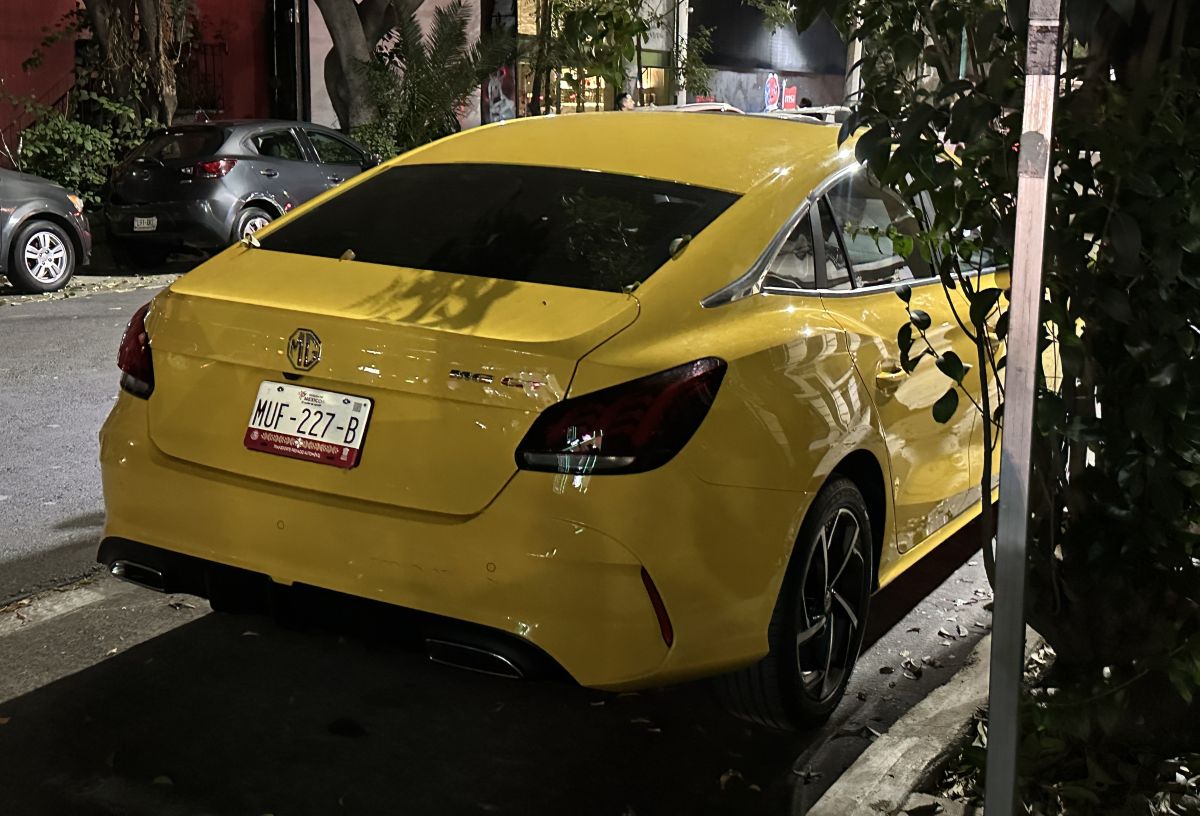
MG GT
While I didn’t get a great photo of this car, it was one of my favorites from the trip. The GT has been in production by SAIC Motor in China since 2012. In some markets, it’s called the MG 5. The larger of the two available engines is a turbocharged 1.5-liter with 171 horsepower.
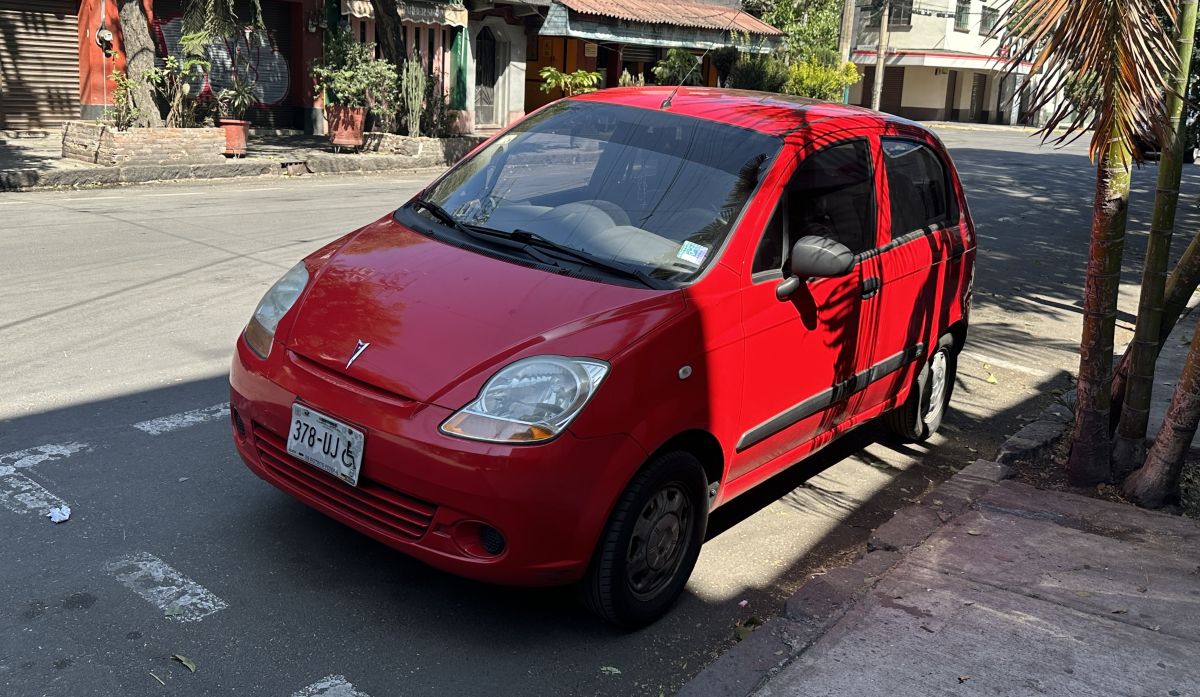
Pontiac Matiz
The Matiz, a rebadged version of the Daewoo Matiz, was also a rebadged version of the Chevrolet Spark. It was a tiny city car offered in some Latin American markets. It was a bare-bones economy car that fit well in urban cities.
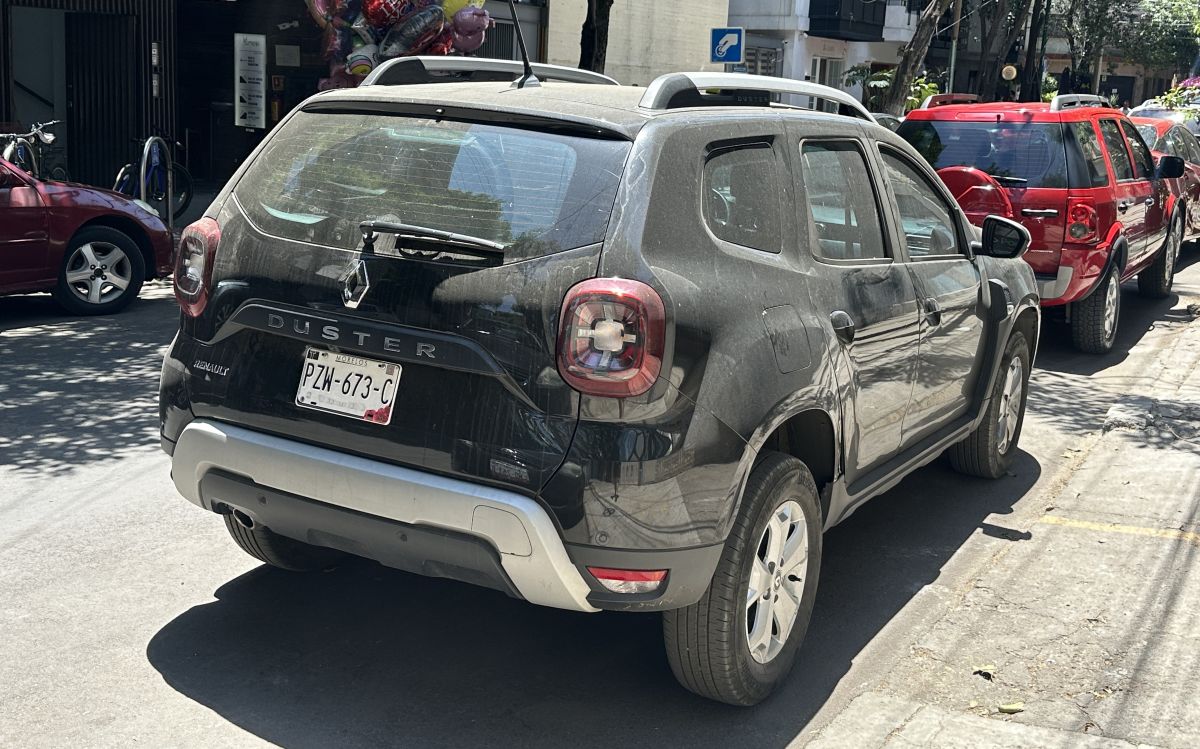
Renault Duster
I saw a lot of these little SUVs running around. The Duster was offered with both front-wheel and all-wheel drive configurations, marketed jointly by Renault and its subsidiary Dacia. The 4×4 had underbody protection and beefy body cladding.

Seat Ibiza Hatchback
The Ibiza has been around since 1984 and was classified as a “Supermini” car. It was manufactured in Spain and built on the same platform as the Volkswagen Polo. One thing I noticed in researching all of these cars: Oftentimes, they have been marketed under many different brand names simultaneously.
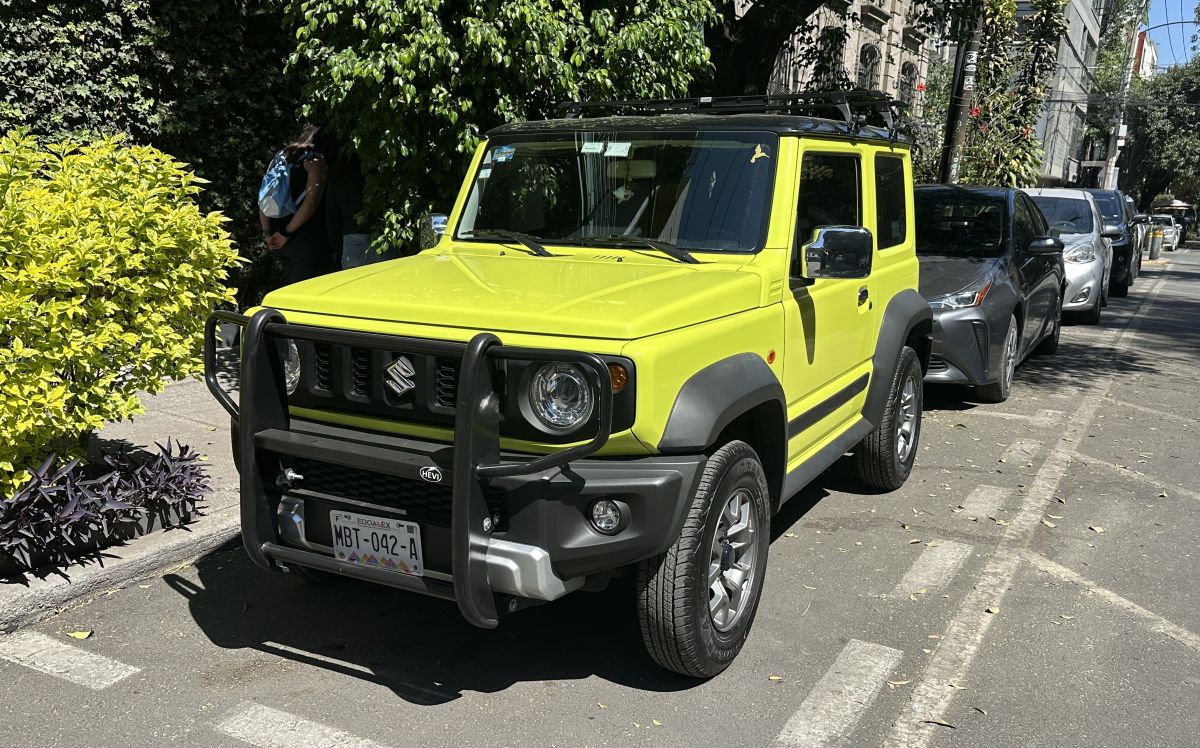
Suzuki Jimny
This was our traveling group’s favorite. The Jimny is a cult-favorite compact 4×4 in Latin America, celebrated for its off-road prowess despite its small size. It has retro styling, body-on-frame construction, and Suzuki’s “ALLGRIP PRO” traction system.
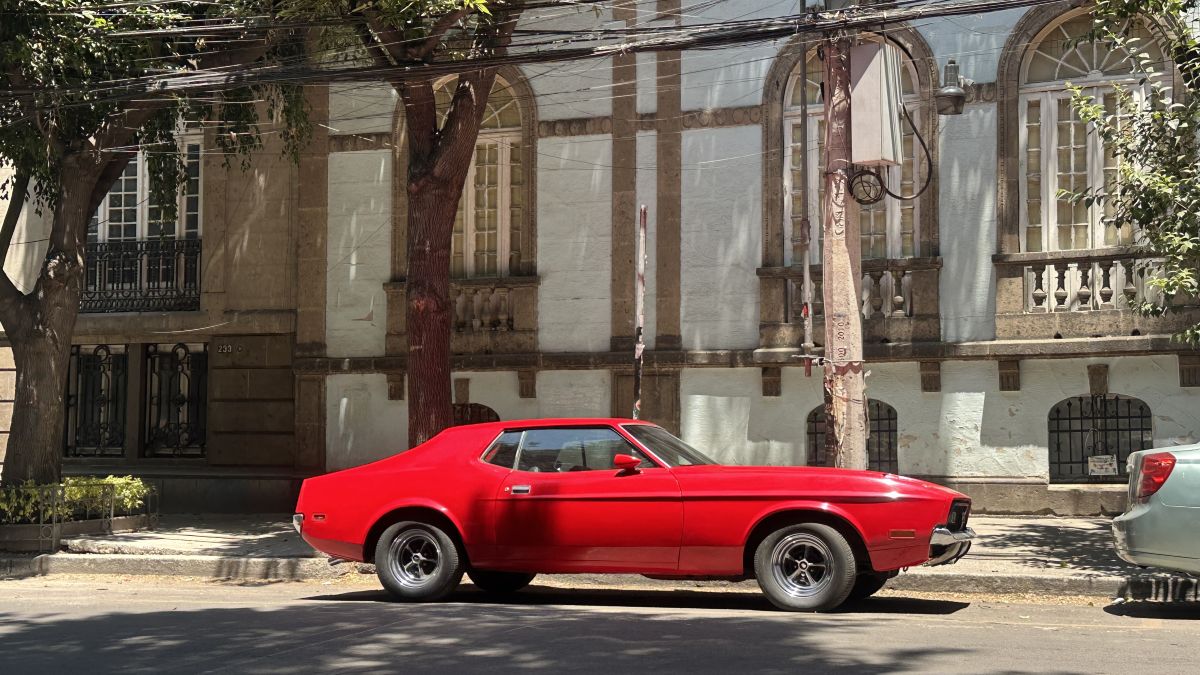
I enjoyed that the roadways were filled with such unique cars during my Mexico trip and, I have to admit, I did browse the local classified listings to see if there was anything in particular that I would want to drive home to the United States.
Gracias for coming along for the ride! Do you have any international trips planned this summer? If so, what types of vehicles do you expect to see at your destination?

